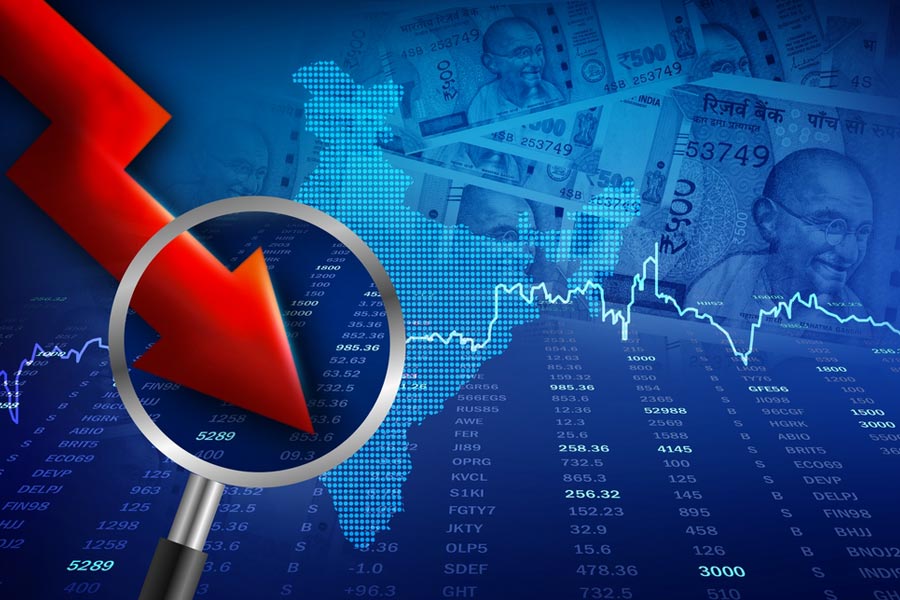Arabian Post Staff -Dubai

The Indian rupee fell by 7 paise to 83.84 against the US dollar in early trading, driven by a combination of weak domestic equities and foreign capital outflows. The depreciation of the rupee comes amid ongoing concerns over global economic conditions and their impact on emerging market currencies.
Weakness in the Indian stock market has contributed to the rupee’s decline. Domestic equities have faced pressure due to fluctuations in global markets, compounded by concerns over inflation and interest rate policies. These factors have led to reduced investor confidence, resulting in a sell-off in Indian stocks, which has further exerted pressure on the rupee.
Foreign capital outflows have also played a significant role in the rupee’s depreciation. Investors have been withdrawing investments from Indian markets, seeking safer assets amid global economic uncertainty. This trend has been exacerbated by a stronger US dollar, which has attracted investment flows away from emerging markets.
The Reserve Bank of India (RBI) has been actively intervening in the foreign exchange market to stabilize the rupee. However, persistent economic challenges and market volatility have posed significant hurdles for the central bank’s efforts. The RBI’s interventions have included measures to support the rupee and manage volatility, but these steps have so far been insufficient to counteract the overall downward trend.
Analysts suggest that the rupee’s performance is closely linked to broader economic indicators, including inflation rates and geopolitical developments. The outlook for the rupee remains uncertain, with potential fluctuations depending on both domestic and international economic conditions. Continued vigilance and strategic measures by the RBI will be crucial in addressing the challenges facing the rupee.
Overall, the depreciation of the rupee highlights ongoing economic challenges and the complex interplay of factors affecting currency movements. As global and domestic conditions evolve, the impact on the rupee and broader financial markets will continue to be closely monitored by investors and policymakers alike.





